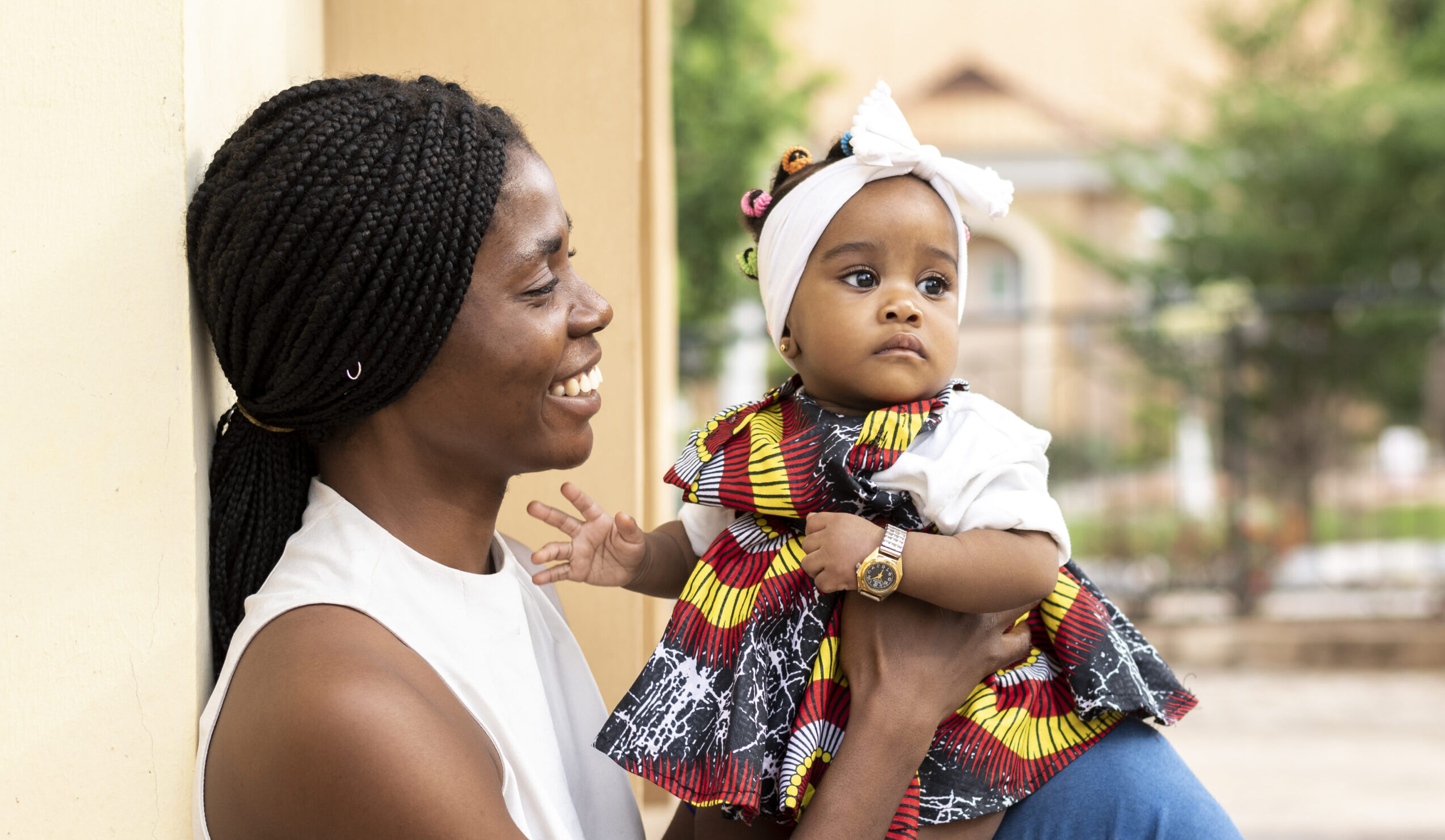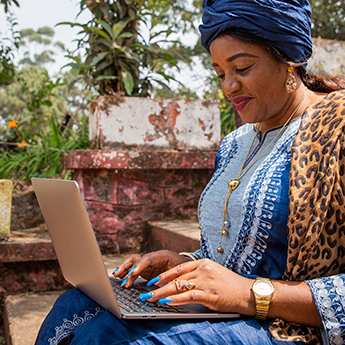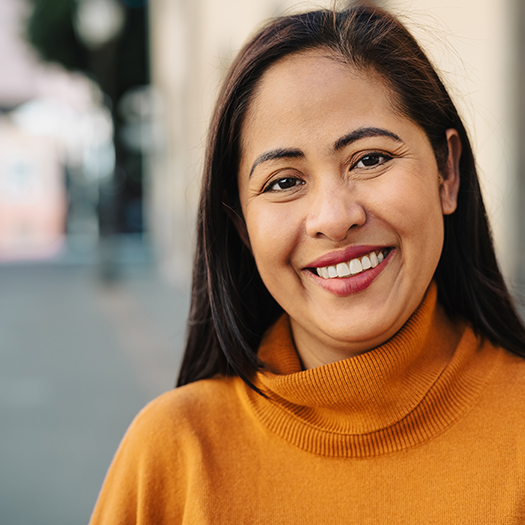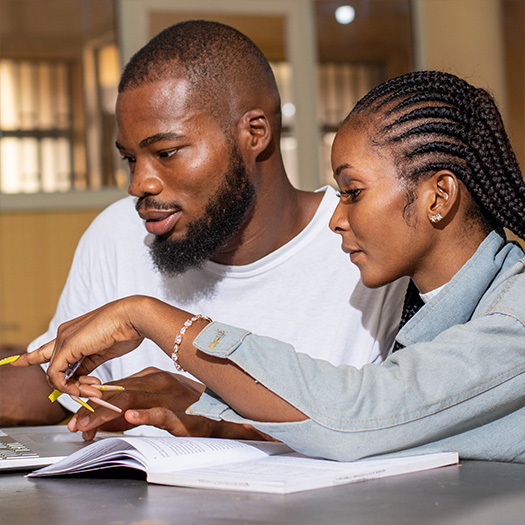
News
Intimate Partner Violence Can Be a Barrier to Family Planning – So What Can We Do About It?
August 4, 2023
FP2030 Updates
Previous

Wrapping up at Women Deliver
Next

1.8 Billion Young People Deserve Power Over Their ...
Source: FP2030
Beck Barrett
Family planning access doesn’t exist in a silo – diverse issues like restrictive policies, impacts from climate change, domestic or intimate partner violence, social and gender norms, and more all make it harder for many people to access the family planning services they desire.
Further still, most intimate partner violence (IPV) discussions focus on men hurting women. This often leaves LGBTI people out of the conversation, stigmatizing those whose situations don’t fit the typical narrative, and further preventing these communities from accessing services. According to the CDC, LGBTI people are at an equal or higher risk for IPV, with 43.8% of lesbian women and 61.1% of bisexual women reporting having experienced rape, physical violence or stalking by an intimate partner. Forms of abuse such as threatening to “out” someone by telling friends or family their gender identity or sexual orientation, or harassing a trans person about their identity, are unique to this community and increase the risk of abuse.
IPV and family planning are closely linked: according to a 2013 study, IPV is a frequent risk factor for unintended pregnancy and abortions. IPV often puts people at risk for unintended pregnancies due to a risk of violence when trying to use contraception or saying no to sex. Unintended pregnancies are also more common among lesbian, gay, and bisexual people, according to a study in The International Handbook on Adolescent Pregnancy.
LGBTI people deserve equal access to family planning services, especially when navigating IPV situations. However, LGBTI people often avoid getting help for health issues due to a reasonable fear of being mistreated. Studies show that LGBTI people don’t trust healthcare providers to help in IPV situations, especially when it comes to being knowledgeable about transgender issues.
The first step in providing family planning support for LGBTI people is to be an actively affirming and inclusive space. Doing that includes supplying comprehensive information, education, and screenings. Being proactive also involves looking for IPV situations in all relationships, not just heterosexual ones.
When LGBTI people seek family planning services, there are often barriers to obtaining help due to gender roles, expectations, and social norms. Providers need to avoid making assumptions about their patients’ family planning needs or desires due to their appearance or presumed gender. This includes making assumptions about STI status, ability or desire to get pregnant, sexual orientation or behavior, or safety. There are also other barriers to getting help for IPV, such as legal definitions of domestic violence not always including same-sex couples. LGBTI people are not blind to these realities and will often stay in IPV situations because they don’t trust that law enforcement or healthcare providers can or will help them.
FP2030 is committed to creating a world where everyone, everywhere can make their own family planning decisions – regardless of identity or situation. To achieve this, we’re asking commitment makers, providers, and the family planning movement broadly not to overlook IPV survivors, especially those within the LGBTI community. The more health care providers are aware of the reality of LGBTI experiences, especially those who have been through IPV, the more helpful they can be. But data is limited, and stigma prevents people from talking about these openly.
As leaders in this movement, family planning providers, advocates, and policymakers can fight anti-LGBTI rhetoric and stigma by proactively making inclusive spaces for LGBTI IPV survivors in programs. Family planning programs have to be made with the people they serve in mind – and that includes LGBTI people and IPV survivors, particularly where those identities overlap.








